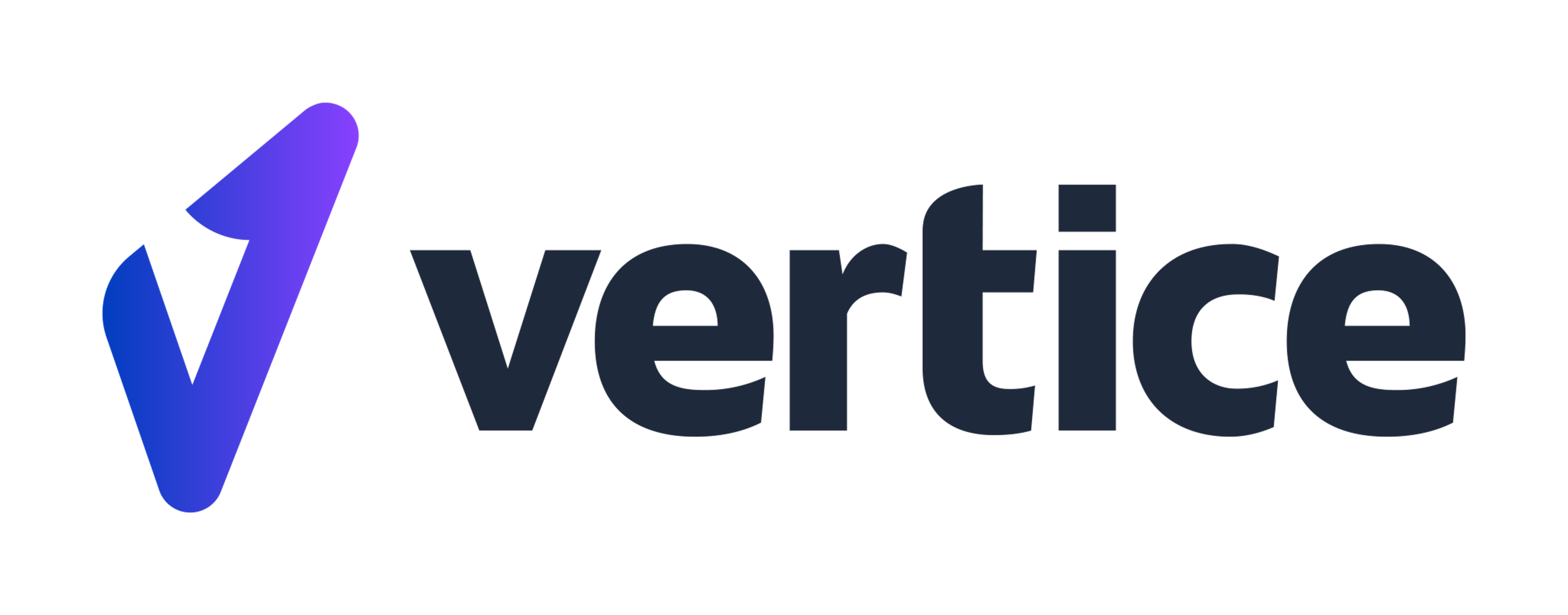Finding the right mix of software-as-a-service (SaaS) tools is integral to the growth of a startup. A well-crafted tech stack can optimise a business, saving time and money.
However, rising costs associated with these products can also niggle away at the bottom line. Data compiled by Vertice, a platform that helps clients track their SaaS usage and negotiate better deals with vendors, shows that software prices are rising faster than global inflation.
This is how to manage your tech stack.
Up and up
But first, what exactly is happening? Generally, prices have steadied in 2023, with inflation dropping to 5.3%. In comparison, SaaS prices rose by 8.7%, after increasing by 9% the previous year. According to Vertice, the modern company now spends 14% of its budget on SaaS.
Joel Windels, Vertice’s VP of marketing, explains that a number of factors are causing this phenomenon.
“Inflation has always been a factor. All products’ prices tend to go up, it’s not unhealthy for prices to rise, and that also applies to SaaS,” he says. “The pandemic prompted another round of investment into SaaS products as teams started using remote working and collaboration tools,” adding that increased adoption masked prices going up.
“In the past, only half of vendors put their prices up every year, and they didn’t do so very aggressively. In 2022 and 2023, inflation dominated the headlines, so vendors said ‘Ok, let’s raise our prices up a little bit above inflation’,” Windels continues.
“Most countries have got close to getting inflation under control, but the vendors are continuing under the same path. While I can’t be sure of their intentions, they’re squeezing all the revenue they can from their clients without offering anything new.”
The increase in SaaS spend is also affecting startups more acutely than larger organisations. Vertice’s data from earlier in 2023 shows that companies with 100-500 employees are spending $6.7k on SaaS per employee, compared to just $4.7k in enterprises.
How to manage your existing SaaS stack
To mitigate rising prices, startups need to think about a coherent SaaS management strategy, something that many early-stage companies neglect as they grow.
“In our experience, the majority of startups take a manual approach to managing their SaaS stack,” says Lily Siddiqi, a purchasing manager at Vertice. “By ‘manual’, we mean that they don’t have a clear procurement process for acquiring or renewing software licences and they don’t take advantage of technology to streamline the process.”
With purchasing decisions increasingly decentralised across departments, this can lead to the purchase of unnecessary licences, or different functions of the business using different software to manage productivity and tasks.
Once you’re in the Series B space, you have to have a strategy and some form of oversight
Using a central piece of software to have greater visibility over the licences held by the business becomes more important as the company grows.
“Unless you start thinking about it seriously, you will end up with some form of tech debt,” says Windels. “It’s going to become a bigger problem as you scale. Once you’re in the Series B space, you have to have a strategy and some form of oversight.”
Siddiqi says that many startups commit two common mistakes: they get stuck with auto-renewing contracts which lock them into prices, and they unknowingly agree to price-uplift clauses, which allow vendors to adjust their fees without consultation.
“Without a centralised system to monitor any adjustments to your contract pricing or terms, you risk losing track of rising costs and overspending on your vital SaaS contracts,” says Siddiqi.
How to spot — and avoid — “SaaS shrinkflation”
Vertice’s data shows that 73% of vendors put their prices up in 2023, compared to just 56% in 2021. Further to this, many vendors are scaling back their offerings while nominally keeping prices fixed. Windels explains the concept of ”SaaS shrinkflation”, using an example from the supermarket shelves.
“The classic example would be a Toblerone. They made the gaps between the chocolate bigger and sold it to customers for the same price. Vendors of all products are trying to be creative and sell less for the same value, or even charging more,” he says.
“With SaaS, the issue is even more pronounced because pricing models are inherently complex. And by obfuscating that change in products, a lot of vendors can achieve the same benefits of inflating prices, even without touching the list price itself.”
Common forms of SaaS shrinkflation involve the rollout of “use-it-or-lose-it” models — setting an arbitrary time frame on the use of features that have been paid for — feature bundling or the removal of free “read only” accounts.
Windels suggests that startups do their diligence before a renewal date and make sure they are receiving the same level of service in their ensuing contracts, while also keeping a keen eye on price changes.
“It will typically come up at a point of renewal. You’ll face a larger bill and you won’t necessarily know why. Get very familiar with the contract you originally signed and understand why the price may be going up,” he says.
“It will be spun as ‘we’ve innovated’ or ‘we’ve tried to give more value to the customer’. In reality, they almost certainly haven’t; they’ve designed the pricing to give more value to the supplier. You don’t have the right to have the package you had before, but you do have the right to challenge the vendor on any increase.”
Negotiating a renewal
Vertice helps its clients manage these negotiations with their clients. Both Siddiqi and Windels believe many buyers go into these transactions at a disadvantage, thanks to the obscure nature of SaaS pricing.
Startups can get more negotiating power by knowing what the ‘pricing benchmarks’ are for a particular service and what a typical discount looks like
“Some 90% of companies overpay for their SaaS products by as much as 20-30%,” says Siddiqi. “The main reason for overspending is the lack of pricing transparency. Most vendors hide their list prices, it’s almost inevitable that companies end up paying more than they need to.”
Siddiqi says Vertice’s platform helps companies gain oversight over key usage data. This includes the overall cost and per-user cost of a licence, tool utilisation, contract terms and application functions, which highlights the features offered by a solution and whether that overlaps with another solution in the tech stack.
Armed with this information, and the know-how of a SaaS purchasing expert, startups can gain greater clarity over their position and the pricing models of the vendor.
“Startups can get more negotiating power by knowing what the ‘pricing benchmarks’ are for a particular service and what a typical discount looks like,” says Siddiqi. “Pricing benchmarks are notoriously difficult to get hold of, which is why companies increasingly work with a SaaS purchasing expert who has extensive data points and existing relationships with vendors.”
She says the most important thing startups can do is “future-proof” their contracts. That is, to agree to service levels that account for growth.
“Negotiate contracts with growth in mind. Typical startups tend to sign for one year because they don’t know where they are going to be in 12 months, but that often means they are paying premium pricing. Instead, we pre-negotiate with their growth in mind and add growth tiers into contracts so that businesses aren’t hamstrung by pricing from their original commitment.”




